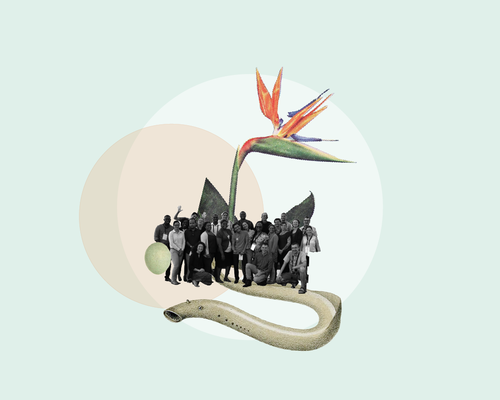Best practices for mobilizing policy-relevant data
Key learnings from BID projects

Best practices for mobilizing policy-relevant data
Integrating data within decision-making processes happens at varying scales and registers, from the development of high-level biodiversity policies to the day-to-day decisions required to conserve, manage and use local resources. In an ideal scenario, data forms the basis for these decisions, with continued data collection through time providing evidence that enables the refinement of plans and policies that reflect trends in biodiversity in a given area.
To date, the BID programme has mobilized data that often provides an initial baseline for poorly represented geographic areas and taxonomic groups. Given the time lag between data mobilization and use, we have chosen to explore projects that highlight the potential of biodiversity data to influence future management plans and policies.
Together, the following projects highlight some common challenges that emerged within the BID programme and how the project teams chose to address them. In addition to representing each of BID’s three regions, the projects represent the programme’s variety and diversity, working at different scales and within different institutional settings. Organizations considering similar activities may draw lessons from them for their own efforts to mobilize data to support decision-making.





